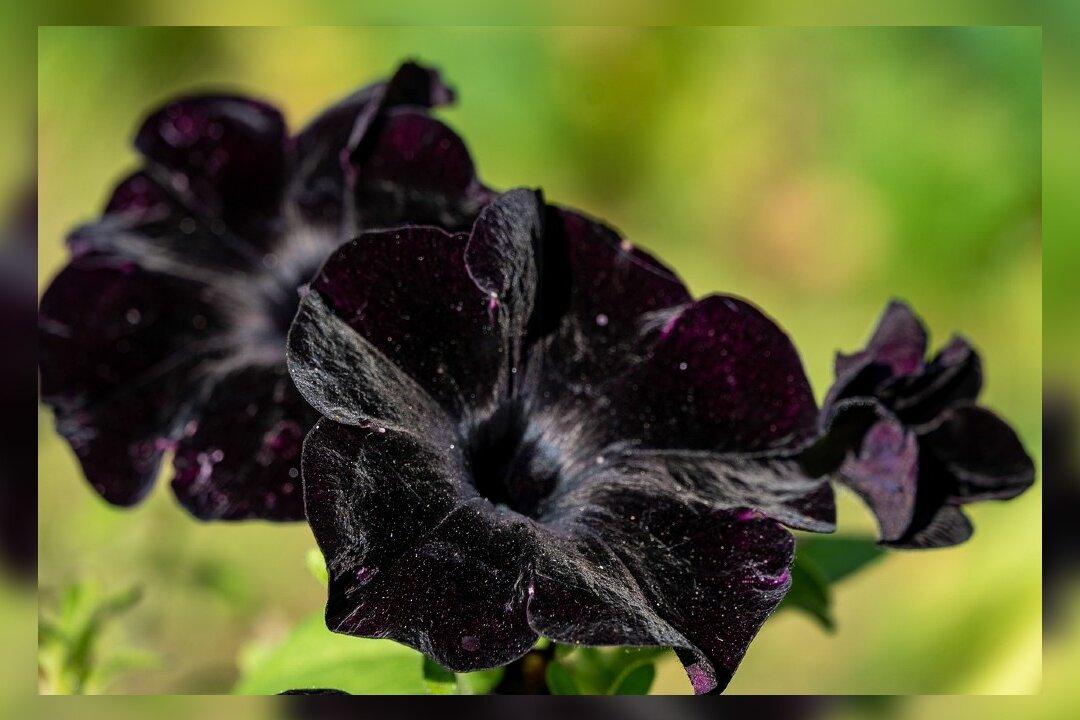In the world of gardening, a new trend has been quietly but steadily gaining ground.
Sometimes seen as an Addams Family dream or perhaps a gardener’s nightmare is the inclusion of black flowers and foliage in personal gardens.

In the world of gardening, a new trend has been quietly but steadily gaining ground.
Sometimes seen as an Addams Family dream or perhaps a gardener’s nightmare is the inclusion of black flowers and foliage in personal gardens.